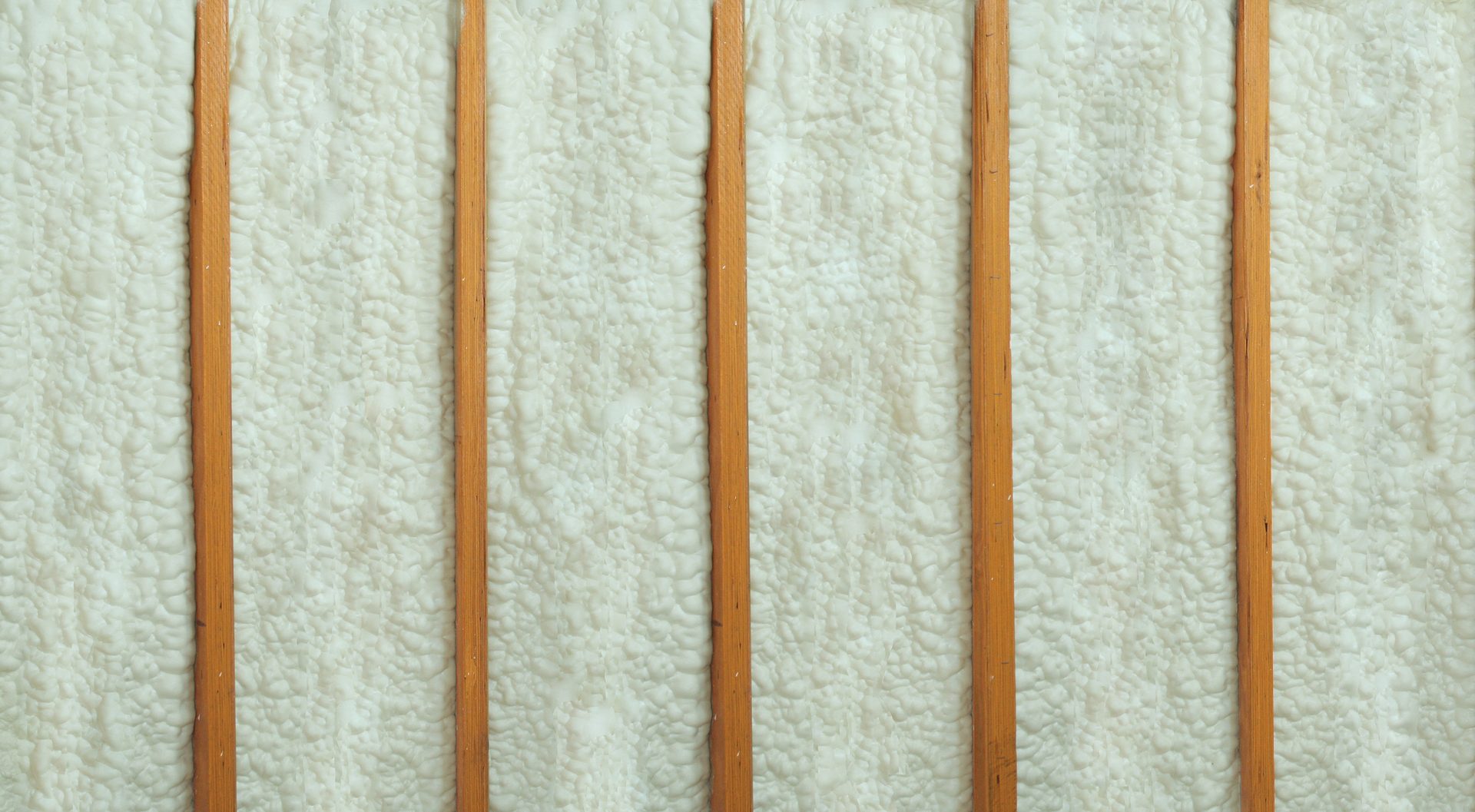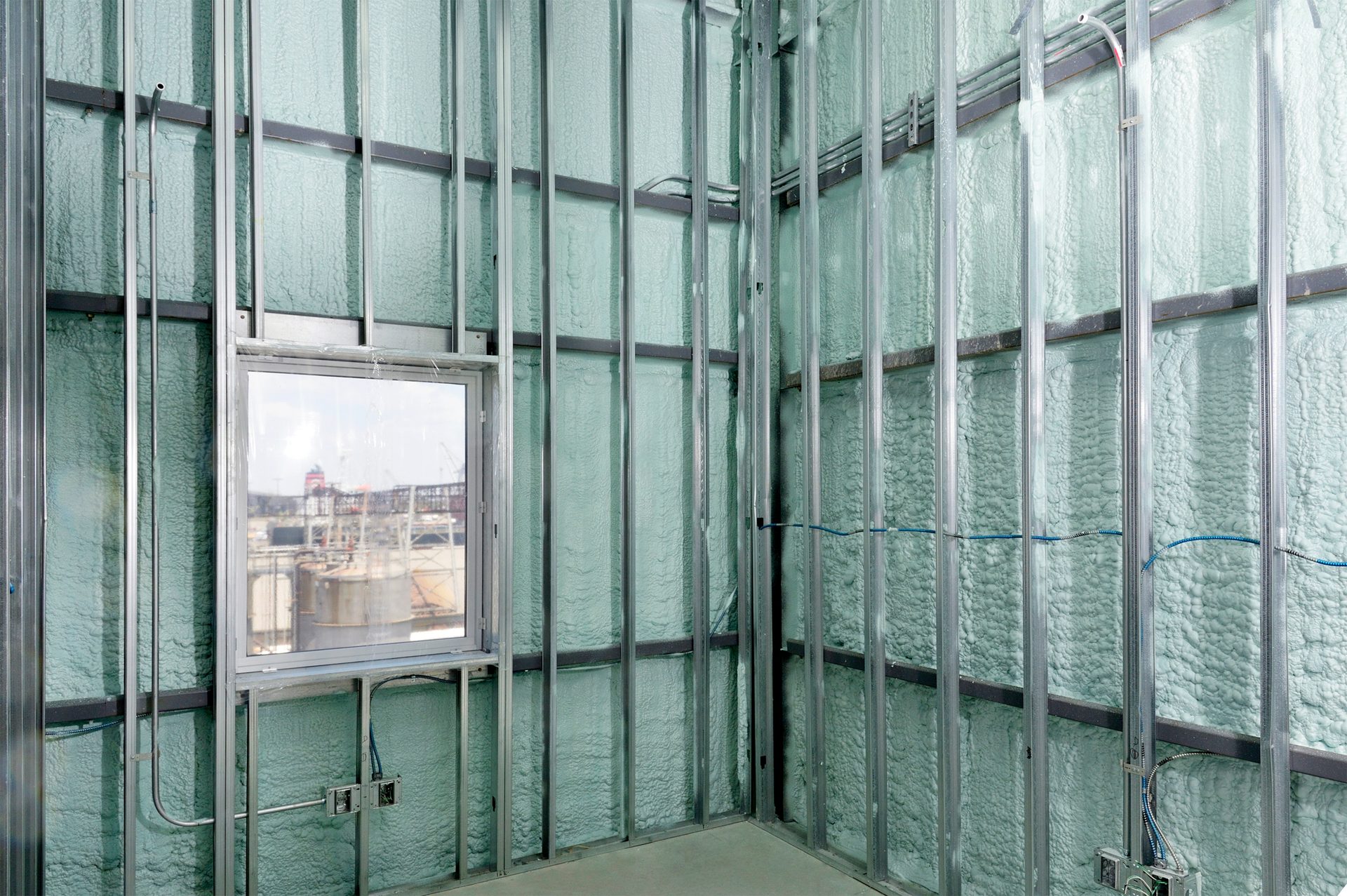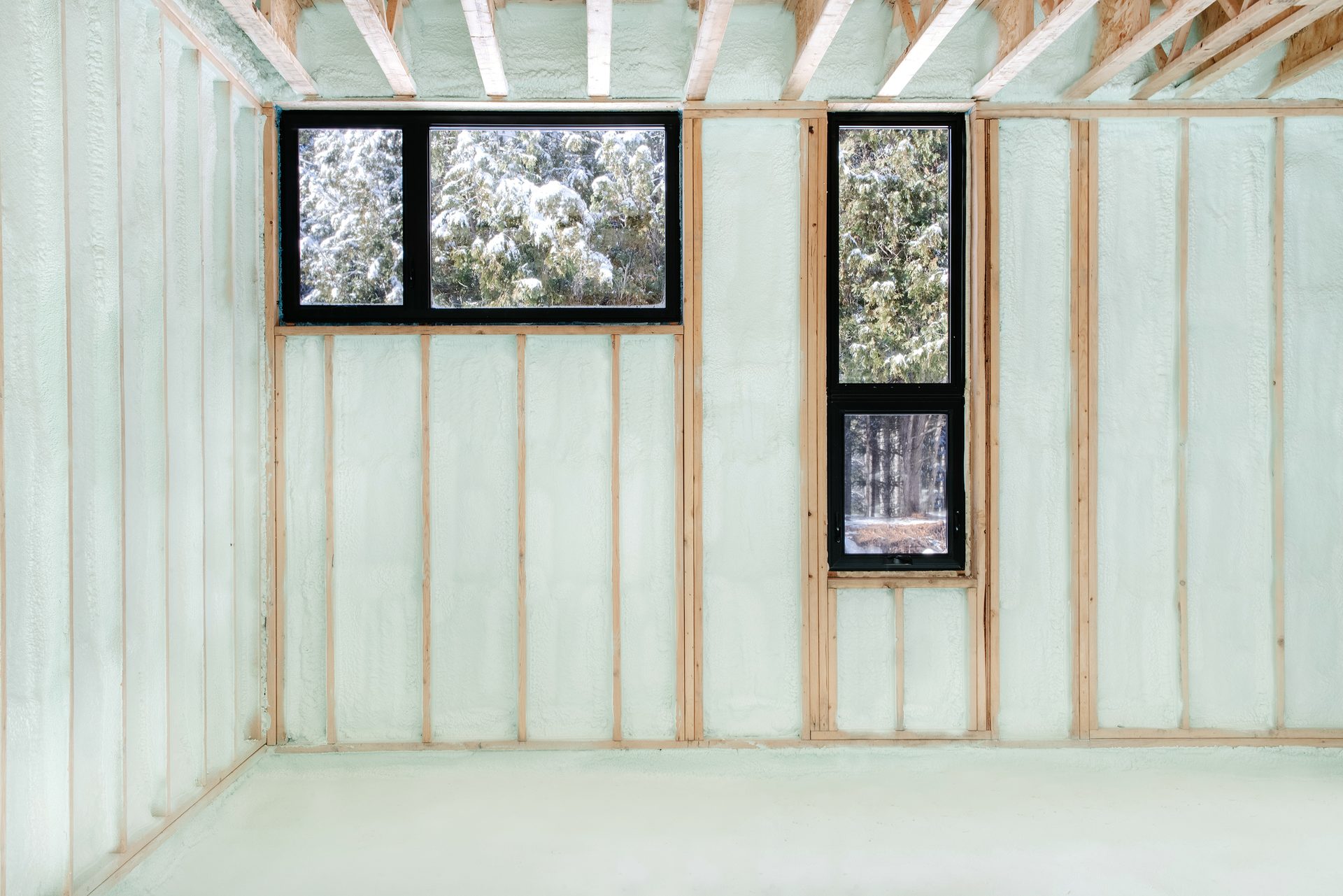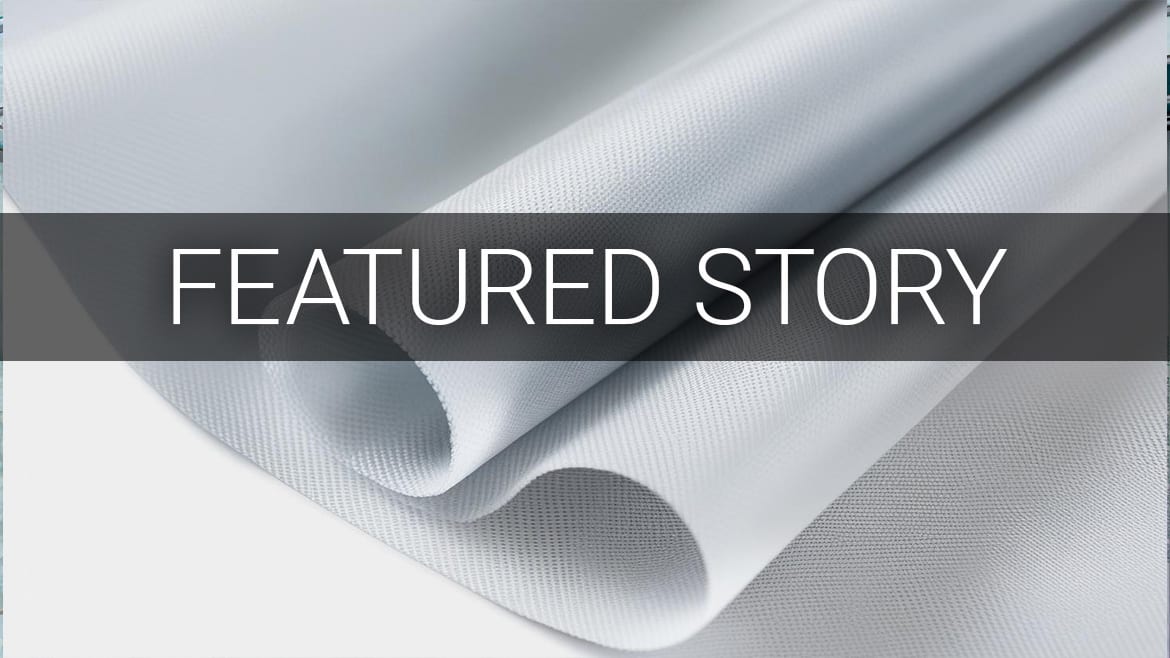The pivotal role of high-performance insulation. By Doug Brady
Decarbonization & Energy Independence
xxxxx. xxx
xxxxx
xxxxxxxxx
xxxxxxxxxxxxxxx By xxxxxxxx
h2 - xxxx
h3 - xxxx
H1 headline
There are numerous sources of data pointing to a warming planet and the damages it causes, both physical and financial. Rising temperatures are primarily a result of human induced greenhouse effect, which occurs when the atmosphere traps the heat radiating from Earth toward space. Unfortunately, this warming has led to numerous hurricanes, droughts, tsunamis, and ocean acidification, all valid reasons to address it.
Greenhouse gas emissions are in large part a result of burning fossil fuels, which occurs when we power, heat, and cool buildings. Thus, reducing carbon emissions from buildings, also known as decarbonization, is critical to the planet’s health. Efforts toward the decarbonization of the country’s homes and structures will also notably increase the country’s energy independence and energy security by decreasing our need to source petroleum-based fuel products from other nations.
Our industry helps all these goals when we install high-performance insulations, such as spray polyurethane foam, into the building envelope of our projects. These energy efficient insulations reduce fossil fuel-based energy consumption, resulting emissions, and energy dependence on other countries.
Consequences of a Warming Earth
Earth’s surface temperature has increased 0.14 degrees Fahrenheit per decade since 1880; the rate of the planet’s warming has more than doubled since 1981, according to NOAA. Drought, fires, and hurricanes are known consequences of the globe’s rising temperatures with recent examples including: September 2024’s Hurricane Helene, the most deadly hurricane since 2005’s Katrina, which was responsible for 250 fatalities; October 2024’s Hurricane Milton, one of the strongest hurricanes of record in the Atlantic basin; the Pacific Palisades Fire, the January fire in southern California that took 12 lives and decimated 6,800 homes; and the Eaton Fire, the January fire in Los Angeles County responsible for 18 deaths and the destruction of 9,000 structures.
U.S. Buildings Emissions
Research from the U.S. Environmental Protection Agency found that the residential and commercial end-use sectors accounted for 19.1 and 16.6 percent, respectively, of carbon dioxide emissions from fossil fuel combustion in 2022. The bulk of these emissions were attributable to electricity use for building related functions including lighting, heating, cooling, and operating appliances; the remaining emissions were attributable to consumption of natural gas and petroleum for heating and cooking.
Focus on the Building Envelope
When looking at meaningful ways to conserve energy in homes and commercial structures, the building envelope takes center stage. Optimal insulation of the envelope is key for preventing energy transfer, reducing energy consumption attributed to heating and cooling the structure, and reducing emissions. However, not all insulations perform equally well. R-value, which measures the ability to limit conductive heat flow, is one measurement tool when comparing insulations; however, conductive heat flow is only one heat transfer mechanism. Air leakage or heat transfer via convection is also important to regulate. Controlling air leakage in a building can result in up to a 25% reduction in space conditioning energy usage, something not possible using insulations that only address conduction heat flow reduction. Ultimately, an air-tight seal is as important as R- value in achieving energy efficiency and reducing fossil fuel driven emissions.

xxxxxxxxxxxx

A New Jersey office designed by Gensler, featuring a NanaWall HSW60 single-track system | Photography by Garrett Rowland Photography

The office of an Omaha financial institution designed by Alley Poyner Macchietto Architecture, featuring a Generation 4 acoustical, folding glass wall system.
Optimal Solution: Closed Cell Spray Polyurethane Foam
One of the highest performing insulation options available today, closed-cell spray foam insulation is a single-source solution for thermal, air, vapor control as well as weather resistive barrier. As a thermal insulator specifically, closed cell spray foam offers one of the highest R-values per inch of all available insulations. The material forms in-place, fully adheres, and eliminates the cracks and gaps that leak air or water, ultimately creating a structure with an airtight seal.
A building envelope with closed cell spray foam insulation offers greater comfort and air quality, while significantly reducing long-term heating and cooling demands, emissions and energy costs. In fact, in accordance with one product’s EPD, closed cell SPF reduces embodied carbon when compared to other types of insulation and is also much more effective in reducing buildings’ operational carbon emissions. Closed cell spray foam insulation also notably protects the structure against mold and water damage.
Spray Foam as Continuous Insulation
A building’s energy efficiency is optimized with the application of continuous insulation on the exterior side of the building envelope walls, when compared to the same structure without it. Closed cell spray foam is ideally suited for continuous insulation applications and can be used in both interior and exterior applications where it can essentially replace traditional insulation materials. It is also ideally utilized in smaller spaces where a higher R-value is required or where severe moisture could be an issue.
Combining closed cell spray polyurethane foam as continuous insulation on exterior walls with an interior application in the stud cavities creates a building envelope replicating the idea of a coat (exterior continuous insulation) and a sweater (interior cavity insulation). The two applications optimize the energy efficiency of the total building envelope.
Additional Solutions
To meaningfully reduce building emissions, new structures must be built with high performance materials; many existing structures must undergo efficiency-focused retrofits as well. Support for policy favoring decarbonization is important, as are electrification efforts, building codes, enhanced performance of the mechanical equipment incorporated in buildings, financial and tax incentives, and the widespread use of energy monitoring technologies. All these efforts will also help the U.S. achieve energy independence.
Images courtesy of Huntsman Building Products.
Doug Brady is president of Huntsman Building Solutions, a global provider in spray polyurethane foam solutions. Visit huntsmanbuildingsolutions.com for more information.
